Our Team
We Know Buffalo are Essential
To reestablish a healthy Buffalo population is to heal our land, our health, and to honor the cultural legacies of our ancestors. After their absence from the Wind River Reservation for over a century, we are on a mission to bring the Buffalo back.
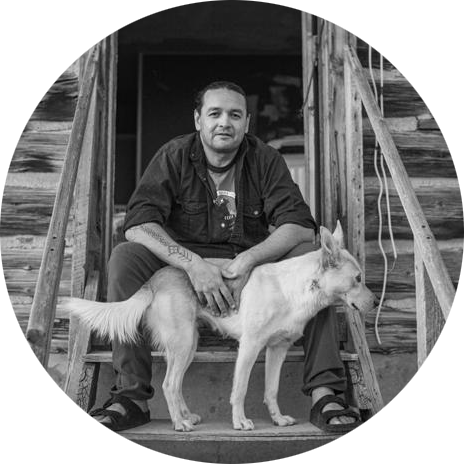
Jason Baldes
Executive Officer, Board President & Eastern Shoshone Tribe Buffalo Manager
Jason Baldes received his undergraduate and graduate degrees in Land Resources & Environmental Sciences from Montana State University, where he focused on Tribal Bison Restoration. As Tribal Buffalo Program Manager for the National Wildlife Federation’s Tribal Partnerships Program, he has established resolution-based agreements and helped restore more than 100 conservation Buffalo to the Eastern Shoshone and Northern Arapaho Tribes in Wind River since 2016.
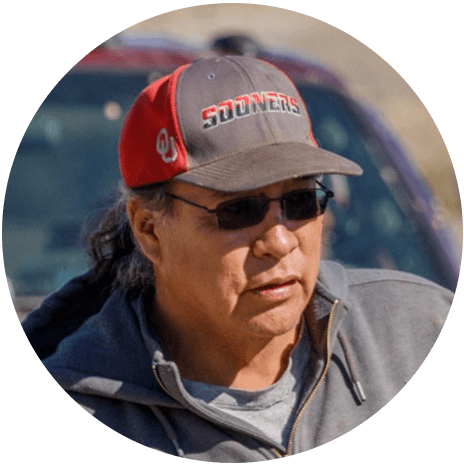
Dennis O’Neal
Vice President & Northern Arapaho Tribe Buffalo Manager
Dennis is the Director of Traditional Resources Northern Arapaho Tribe, Buffalo Manager of the Northern Arapaho Tribe, and enrolled member of the Northern Arapaho Tribe (Sho-Rap).
A lifetime resident of Wind River Indian Reservation, Dennis’s parents are from Arapaho and Eastern Shoshone tribes, thus his Sho-Rap status. He is a proud boarding school survivor — Riverside Indian School in Anadarko, Oklahoma. Dennis is grateful to be working with and for Buffalo restoration in the Wind River.
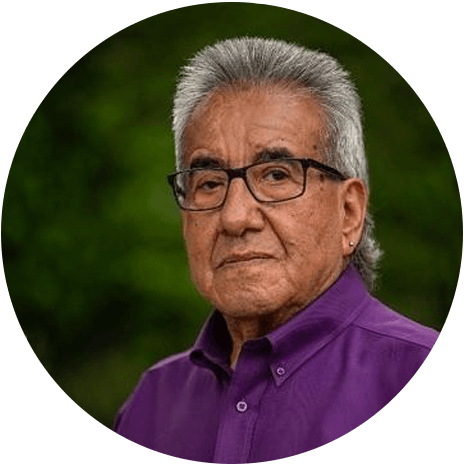
Wes Martel
Board Chair
Wes Martel served on the Eastern Shoshone Business Council for twenty years where he oversaw programs and legislation dealing with water, taxation, energy, and environment. He was Chairman of the Fish & Game Committee for the Shoshone & Arapaho Tribes where they instituted sound fisheries and wildlife management planning with the U. S. Fish and Wildlife Service, and also adopted a Tribal Game Code. His work included developing a severance tax program for the Tribes and drafting, approving, and adoption of the Wind River Water Code.
Wes is a veteran and has a deep and abiding respect for the values and beliefs of indigenous people.
“Back in the old day, we used the Buffalo for everything. The Buffalo provided everything for us.”
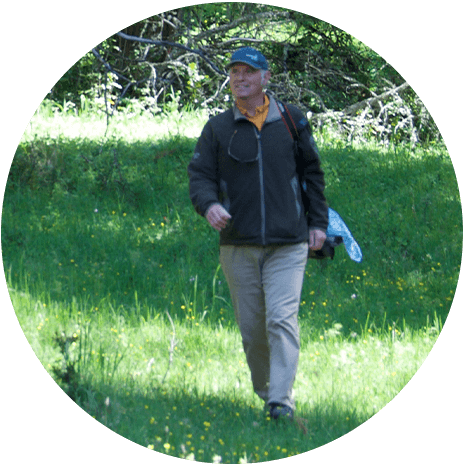
Mark Headley
Secretary
Mark has enjoyed a lifelong love of nature, having been exposed to protected wild areas from a young age. After retiring from a successful career in international asset management, Mark has devoted much of his time protecting wild places of the Western United States. Mark currently lives in Wyoming.
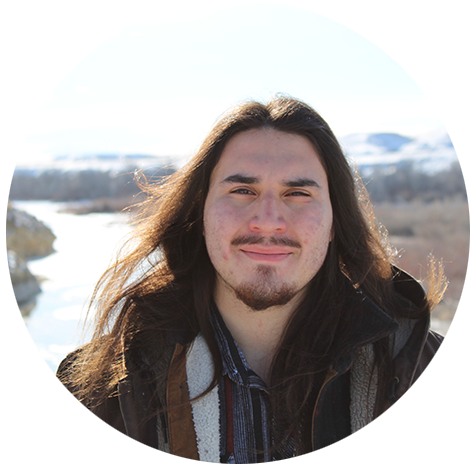
Xavier Michael-Young
Administrative and Finance Coordinator
Since joining the Wind River Tribal Buffalo Initiative staff in October 2023, Xavier’s roles have spanned bookkeeping, coordinating researchers, range fence-building and more. A graduate of the University of Wyoming with a degree in Agricultural Business, Xavier came to the initiative after visiting on a tour with the Restoring Shoshone Ancestral Foods Group (RSAFG). In Xavier’s words, the tour solidified what he already knew, that “Buffalo are really cool.”
Xavier is an enrolled member of the Seminole Tribe of Florida and hopes to one day be a part of facilitating wildlife restoration there as well. In the meantime, he’s excited to be working on upcoming projects like expanding Buffalo range units, a new horse program for perimeter checks and youth education, and eventually establishing a quarantine facility for Buffalo.
Connect With Us
The Team
Our Story
News & Stories
Media Kit
Partners
Contact
